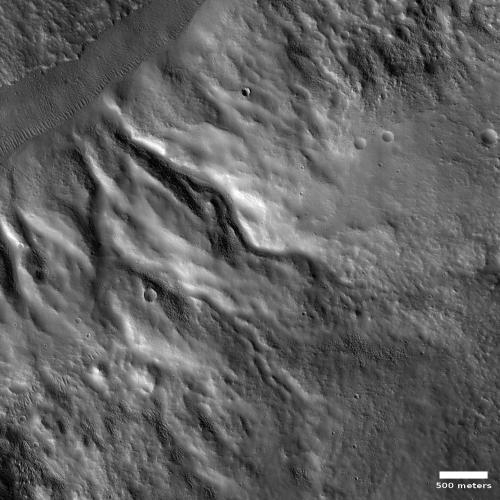Firefly completes static fire test of its Alpha first stage
Capitalism in space: Firefly Aerospace today released video footage showing the first successful static fire test of the first stage of its Alpha rocket.
I have embedded one of the videos, showing the test from multiple camera angles, below the fold.
The test is very impressive, and suggests strongly that they are on schedule to meet their target launch date for their first orbital test flight sometime between November ’20 and May ’21. It also suggests that this dark horse smallsat rocket company, once considered dead after filing for bankruptcy, might actually beat to orbit its closest competitors, Virgin Orbit and Astra. The latter two have already completed their first launch attempts, but both ended in failure.
Regardless, it appears the race between these three rocket companies is tightening. In fact, I wouldn’t be surprised if all three achieve their first orbital launches in the six to eight months.
» Read more
Capitalism in space: Firefly Aerospace today released video footage showing the first successful static fire test of the first stage of its Alpha rocket.
I have embedded one of the videos, showing the test from multiple camera angles, below the fold.
The test is very impressive, and suggests strongly that they are on schedule to meet their target launch date for their first orbital test flight sometime between November ’20 and May ’21. It also suggests that this dark horse smallsat rocket company, once considered dead after filing for bankruptcy, might actually beat to orbit its closest competitors, Virgin Orbit and Astra. The latter two have already completed their first launch attempts, but both ended in failure.
Regardless, it appears the race between these three rocket companies is tightening. In fact, I wouldn’t be surprised if all three achieve their first orbital launches in the six to eight months.
» Read more








